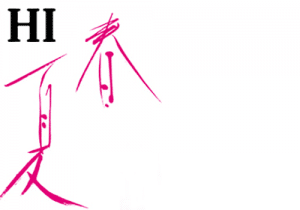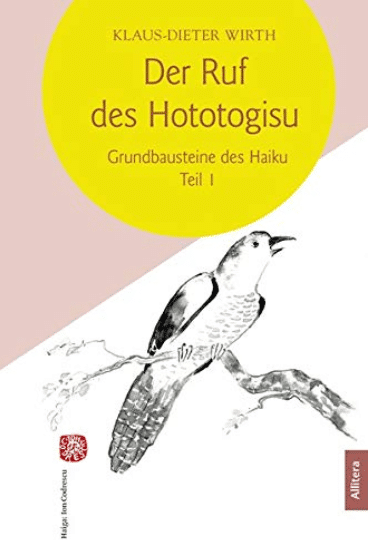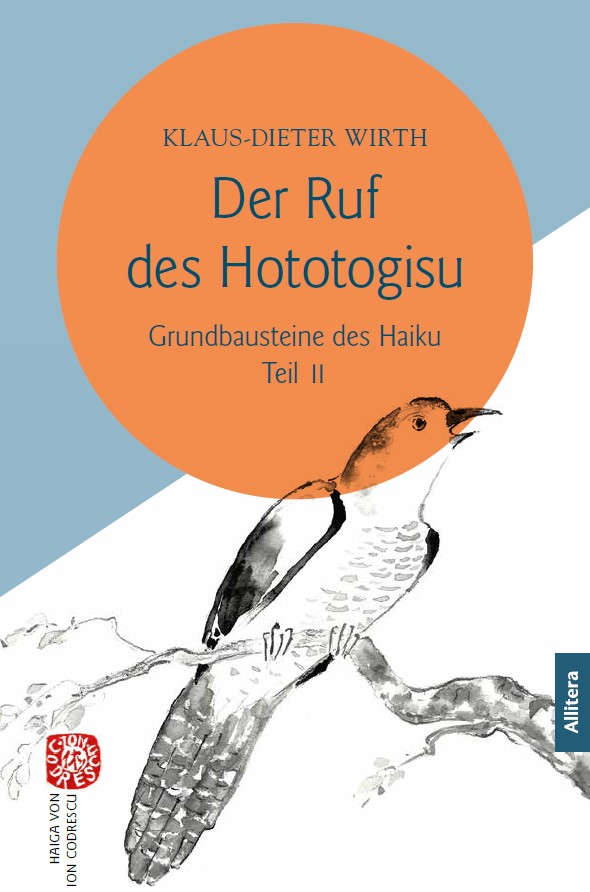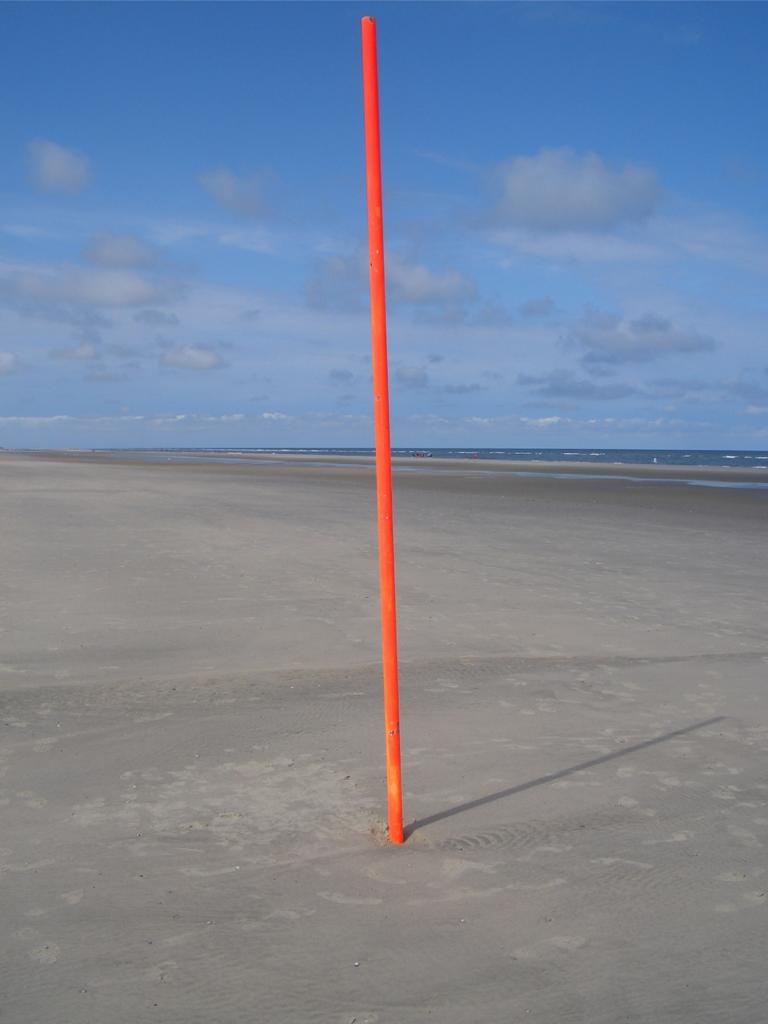A · B · C · D · E · F · G · H · I · J · K · L · M · N · O · P · Q · R · S · T · U · V · W · X · Y · Z
Ageku, der Abschlussvers einer Kettendichtung. Diese letzte Strophe beschreibt einerseits das Ende der Sequenz, andererseits wird ein künftiges Geschehens vorweggenommen (z.B. ein Wiedersehen). In der klassischen Renga/Renku-Dichtung (z.B. Kasen) ist das ageku in derselben Jahreszeit angesiedelt wie im vorhergehenden Frühlings(blüten)-Vers – also im Frühling. Mit ‚Frühling’ kann ganz allgemein der Frühling, die Frühlingsmitte oder der Frühlingsausgang angesprochen werden. In moderneren oder zeitgenössischen Renga/Renku-Dichtungen (z. B. Shisan) sind aber auch andere Jahreszeiten beschrieben. Sogar ageku ohne Jahreszeit (Verschiedenes) sind keine Seltenheit. Was auch immer gewählt wird, das ageku sollte eine Spiegel-Funktion zum hokku in Form einer Zusammenfassung, Grußformel oder einen optimistischen Ausblick anbieten. Um all diese Anforderungen an ein ageku erfüllen zu können, ist der Autor weitgehend von den strengen Regeln des Anschlusses, des Sprunges und der Verschiedenartigkeit, die für alle anderen Strophen gelten (das hokku ausgenommen), befreit. Die Komposition des ageku ist deshalb, wie beim hokku, eine besondere Ehre. Der Poet, der das hokku, den Eingangsvers, geschrieben hat, sollte nicht auch das ageku, den Abschlussvers, schreiben. Haijin, ehrenvolle Bezeichnung für einen vollkommenen Haiku-Poeten in Japan. Im deutschsprachigen Raum ist hingegen Haiku-Dichter oder Haiku-Poet die korrekte Bezeichnung für Haiku schreibende Dichter. Hankasen oder „Halbkasen“, Form der Renga/Renku-Dichtung mit 18 Strophen. Hokku, Startvers der Renga/Renku-Dichtung. Das japanische Haiku entwickelte sich aus der Tanka-Dichtung (tanka bedeutet kurzes Gedicht oder Lied mit Anmut). Als man begann, das Tanka von zwei Autoren zu schreiben, nannte man es tan renga, was so viel bedeutet wie kurzes Kettengedicht. Das tan renga wurde im Laufe der Zeit weiter gedichtet: dieselben oder weitere Autoren hängten Strophe an Strophe und das renga, das Kettengedicht, entstand. Der Ehrengast, in der Regel ein durchs Land ziehender Renga-Meister, hatte die Ehre, den Startvers, das hokku, der gemeinsamen Kette zu schreiben. Dieser Vers konnte – im Gegensatz zu allen anderen folgenden Versen – geschrieben sein, ohne auf eine vorhergehende Strophe Bezug nehmen zu müssen und etablierte sich als eigenständige Versform – später entwickelte es sich zum haiku. Hyakuin, Form der Renga/Renku-Dichtung mit 100 Strophen. Jûnicho, Form der Renga/Renku-Dichtung mit 12 Strophen. Jûsanbutsu, Form der Renga/Renku-Dichtung mit 13 Strophen. Kasen, die beliebteste Form der Renga/Renku-Dichtung mit 36 Strophen. Die Gesamtstruktur eines Kasen besteht aus drei Teilen: der Einleitung, dem Prolog oder der Ouvertüre (6 Strophen) – (jo) dem Hauptsatz, der Entwicklung oder Erweiterung (24 Strophen) – (ha) und dem Schluss, der Folgerung oder dem Epilog (6 Strophen) – (kyû). Bestimmte Verse haben besondere Namen oder sind für besondere Themen reserviert. Zum Beispiel gibt es drei Vers-Positionen innerhalb des Kasen, die dem Mond und zwei, die den Blüten – traditionell den Kirschblüten – gewidmet sind. Andere Strophen beschreiben den Lauf durch die Jahreszeiten, erzählen von der Liebe oder beziehen sich auf freie Themen. Das Renga/Renku wird von „Anschluss und Orts- bzw. Szenenwechsel“ („link and shift“) regiert. Kigo (jap. 季語, dt. Jahreszeitenwort), spezielle Wörter oder Phrasen, die in Japan bzw. im jeweiligen Land allgemein mit einer bestimmten Jahreszeit in Verbindung gebracht werden. Das erlaubt eine Ökonomie des Ausdrucks, die besonders in den sehr kurzen Formen der japanischen Poesie, wertvoll ist, um die Jahreszeit zu kennzeichnen, in der das Gedicht oder der Vers angesiedelt ist. Kukai, ein Haiku-Treffen interessierter Haijin, auf dem die Teilnehmer der Runde im ersten Schritt Haiku schreiben i.a. zu einem vorgegebenen Thema. Im zweiten Schritt werden die Haiku gesammelt und anonym aufgelistet. Im Teil drei vergibt jeder Teilnehmer (nach einem vorgegebenen System) Punkte für die Texte (außer für seinen eigenen). Im letzten Schritt werden die Punkte für jedes Haiku gezählt, die Haiku besprochen und die Verfasser genannt. Mittlerweile hat sich der Name Kukai auch für virtuelle Haiku-Treffen im Internet eingebürgert, die nach demselben Prinzip ablaufen. Dabei ist entweder ein Oberthema für die einzusendenden Haiku vorgegeben oder ein Kigo, das im Haiku enthalten sein soll. Matsuku, Unterstrophe eines Tanka mit 7-7 Moren. More oder Mora (lat. mora, Zeitraum), japanische Lauteinheit, Mehrzahl: Moren. Die Moren sind alle gleich lang und tragen weniger Information als Silben in europäischen Sprachen. Die japanische Dichtung ist nicht silbenzählend, sondern quantisierend. So kann z.B. der Vokal a zwei Moren ausmachen oder n eine More repräsentieren. Jede Mora wird in Kana (= jap. Schriftzeichen) durch jeweils ein Zeichen wiedergegeben und gilt in der Poesie als rhythmische Einheit. Die Pioniere des deutschsprachigen Haiku und Tanka haben noch irrtümlicherweise die japanische Struktur der Moren ein zu eins auf unsere Silbenstruktur übertragen. Nijûin, Form der Renku-Dichtung mit 20 Strophen. Renga(jap. 連歌), ist ein traditionelles japanisches Kettengedicht. Es hat sich aus dem Tanka und danach aus dem tan renga entwickelt. Es ist heute in seiner zeitgenössischen Ausprägung auch unter dem Begriff Renku bekannt. Bestimmte Verse haben besondere Namen oder sind für besondere Themen reserviert. Zum Beispiel gibt es Vers-Positionen innerhalb der Kettendichtung, die dem Mond und zwei, die den Blüten – traditionell den Kirschblüten – gewidmet sind. Andere Strophen beschreiben den Lauf durch die Jahreszeiten, erzählen von der Liebe oder beziehen sich auf freie Themen. Das Renga/Renku wird von „Anschluss und Orts- bzw. Szenenwechsel“ („link and shift“) regiert. Dabei werden die unterschiedlichsten Arten der Verlinkung bzw. der Prinzipien der Strophenverbindungen einerseits und Prinzipien der Progression (das Vorwärtsschreiten) und das Prinzip der Diversität (der Veränderung von Themen und Eigenschaften) beachtet. Saijiki, eine Sammlung bzw. ein Verzeichnis von Jahrezeitenwörtern (kigo), die in einem traditionellen Haiku verwendet werden. Senryū (jap. 川柳), eine dem Haiku sehr ähnliche japanische Gedichtform. Während das traditionelle japanische Haiku mehr der Natur zugewandt ist, befasst sich das japanische Senryū mit dem seelischen Erleben, mit dem Persönlichen, dem Emotionalen. Shisan, Form der Renga/Renku-Dichtung mit 12 Strophen. Shishi, Form der Renga/Renku-Dichtung mit 16 Strophen.TANKA-Schreibwerkstatt mit Tony Böhle 30. August bis 1. September 2024 in Fuldatal bei Kassel Tanka sind kurze Gedichte in fünf Zeilen zu 5-7-5-7-7 Silben, die ursprünglich aus Japan stammen. Ihre Geschichte lässt
More






